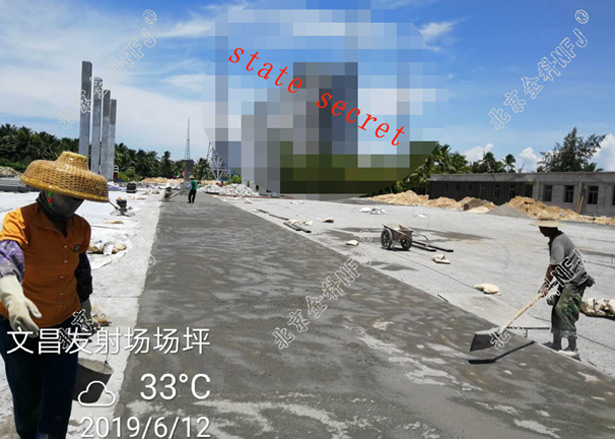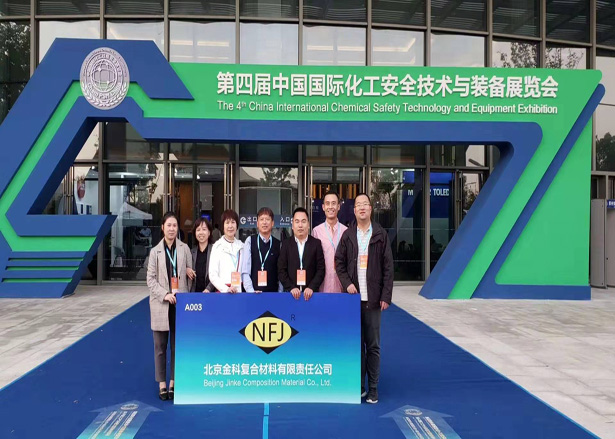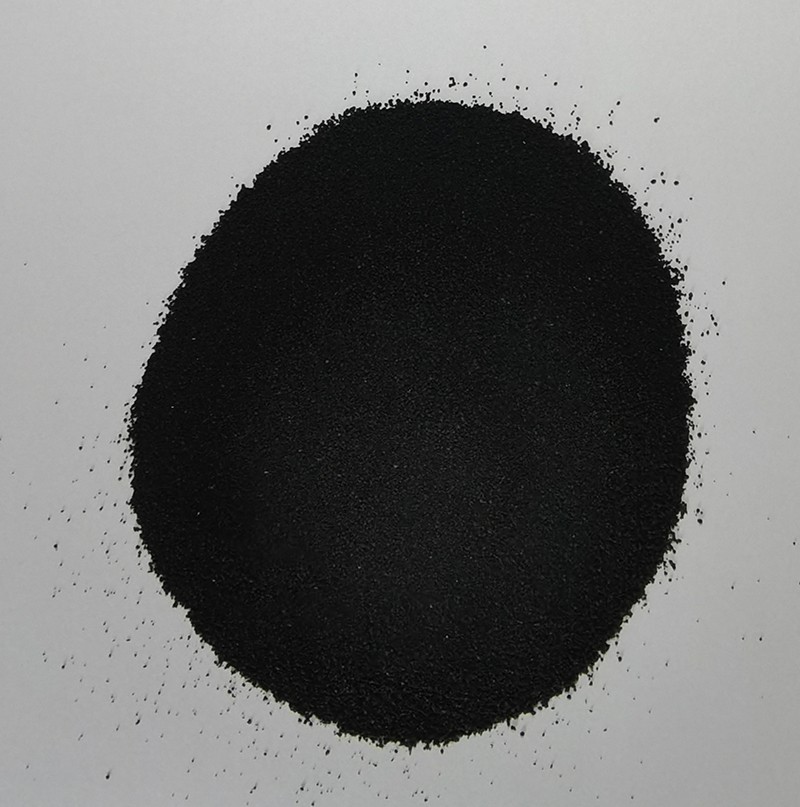High-temperature wear-resistant powders are advanced materials designed to withstand extreme operational conditions, particularly in environments that involve high temperatures and abrasive forces. These powders play a crucial role in various industrial applications, including aerospace, automotive, and manufacturing sectors, where components are often exposed to severe wear and thermal stress. By incorporating such powders into manufacturing processes, industries can significantly enhance the performance and longevity of critical parts.
The development of these powders has been propelled by the increasing demand for materials that can sustain their integrity and functionality under rigorous conditions. High-temperature wear-resistant powders typically comprise ceramics, metal matrix composites, and specially formulated alloys that exhibit superior hardness, thermal stability, and resistance to oxidation. For instance, compounds such as tungsten carbide and titanium diboride are commonly used due to their exceptional hardness and ability to remain stable at elevated temperatures.
Expertise in the formulation and processing of these powders is essential. The manufacturing process typically involves methods such as powder metallurgy, spray drying, and chemical vapor deposition, which require precise control over particle size and distribution, as well as the microstructural properties of the final product. The powder must be engineered to ensure optimal performance through thorough characterization techniques, including scanning electron microscopy (SEM) and X-ray diffraction (XRD). These analyses help to ascertain the structural properties that directly influence wear resistance and thermal performance.
Experience in applying high-temperature wear-resistant powders is equally significant. Industries utilize these materials in a variety of applications, such as coatings for turbine blades, wear parts in mining and milling operations, and components in heat exchangers. By employing these advanced powders, manufacturers can achieve dramatic reductions in wear rates, thus enhancing the reliability and productivity of equipment.
Finally, the authoritativeness of high-temperature wear-resistant powders stems from the extensive research and development backing their use. Institutions and companies have invested in studying the tribological behavior of these powders, leading to industry standards that guide their application. Furthermore, ongoing advancements in nanotechnology and material science continue to push the boundaries of these materials, leading to innovative solutions for complex engineering challenges.
In conclusion, high-temperature wear-resistant powders represent a significant advancement in materials science, with considerable implications for industries that operate under extreme conditions. Their unique properties not only enhance performance but also contribute to the sustainability and efficiency of industrial operations.
Show More >>
PRODUCTS
You are welcome to contact us at any time, please write the message here and we will reply you in 24 houre. thanks foryour support.



